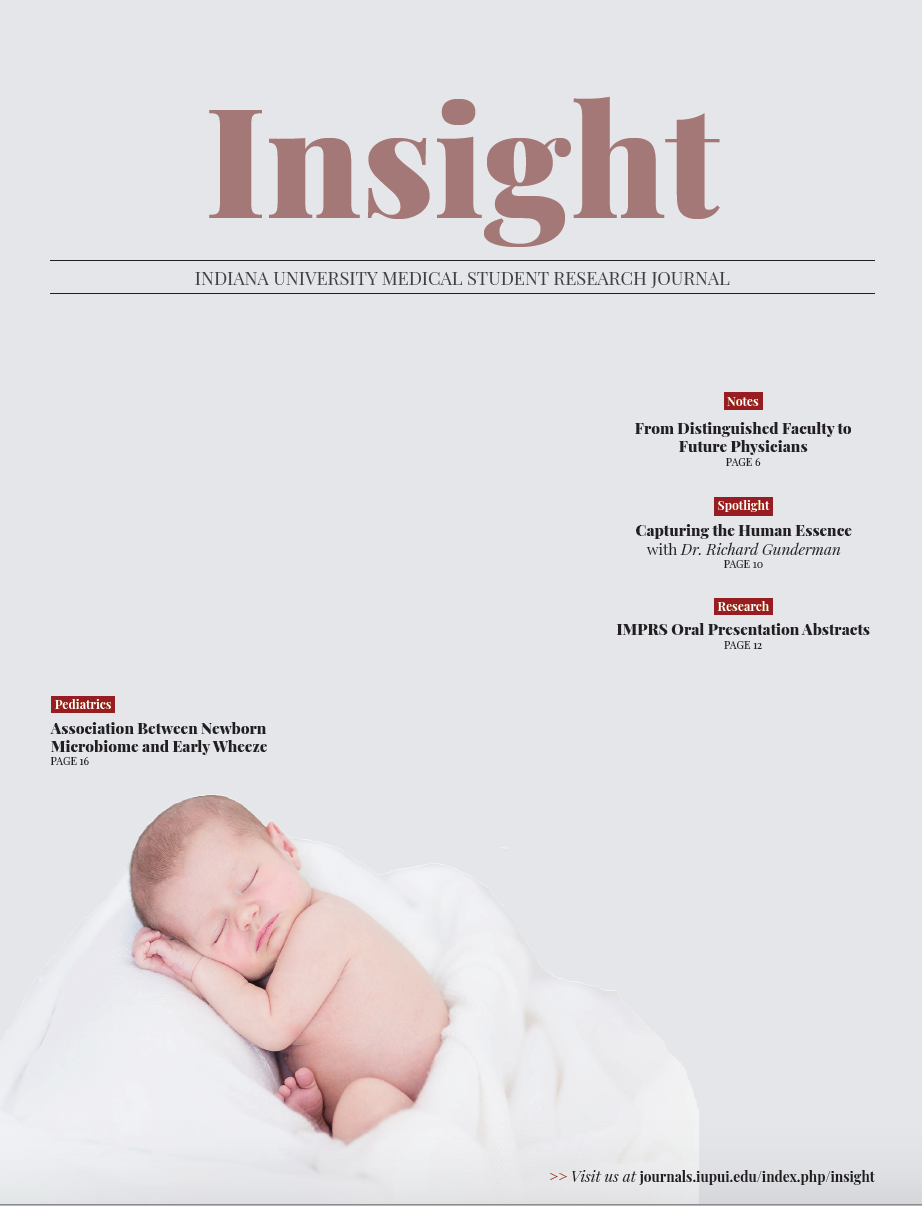Modulation of hematopoietic factors in the bone marrow stem cell niche by Prostaglandin E2 enhances survival from lethal radiation exposure
Abstract
Background and Hypothesis: With the increase in nuclear arms, terrorist threats, and nuclear power, there is an increased risk to radiation exposure. Exposure to high dose radiation has acute effects on the body and chronic effects that plague survivors of the acute syndrome for years post-exposure. Acute radiation syndrome (ARS) can be lethal if left untreated due to severe damage to the gastrointestinal and hematopoietic systems. Dimethyl prostaglandin E2 (PGE2) has shown efficacy as a protectant against radiation exposure, significantly increasing survival from ARS and enhancing hematopoietic stem cell (HSC) and hematopoietic progenitor cell (HPC) function compared to control mice. This study aimed to elucidate the mechanism of PGE2’s protectant effect and to determine whether PGE2 protects hematopoietic stem cells themselves and/or the supportive microenvironment, thus indirectly enhancing HSC function post-irradiation.
Experimental Design or Project Methods: C57BL/6 mice were treated with 35mg PGE2, then underwent single dose lethal irradiation. At 6h, 24hr, and 9d post radiation and 30min post injection non-irraditated, mouse bone marrow was flushed using a 500 uL of PBS, centrifuged, and supernatants separated. Supernatants were assayed by multiplex analysis (Luminex technology) for factors known to promote HSC and HPC regeneration & function.
Results: Cytokines beneficial to the reconstitution of the hematopoietic system were significantly altered by the administration of PGE2 vs. vehicle.
Conclusion and Potential Impact: This study provided information on mechanisms relevant to survival from lethal radiation exposure, protection of the bone marrow, and recovery of hematopoiesis.
Downloads
Published
Issue
Section
License
Copyright to works published in Insight is retained by the author(s).

